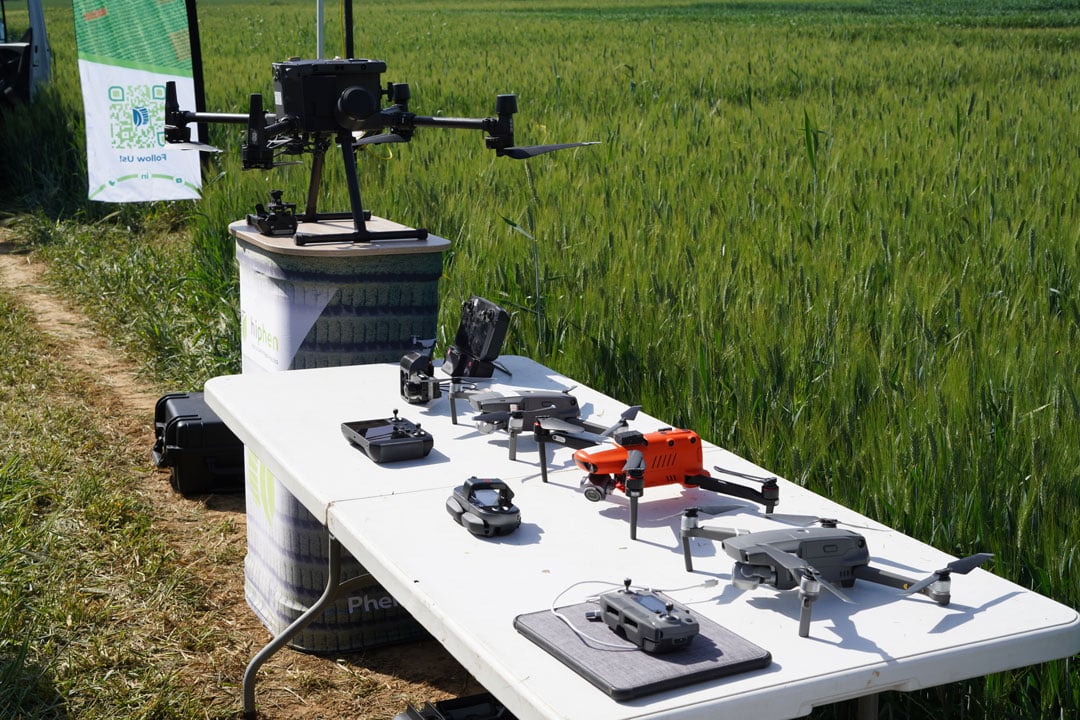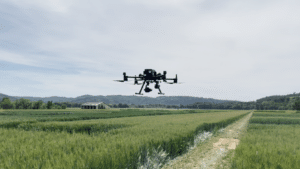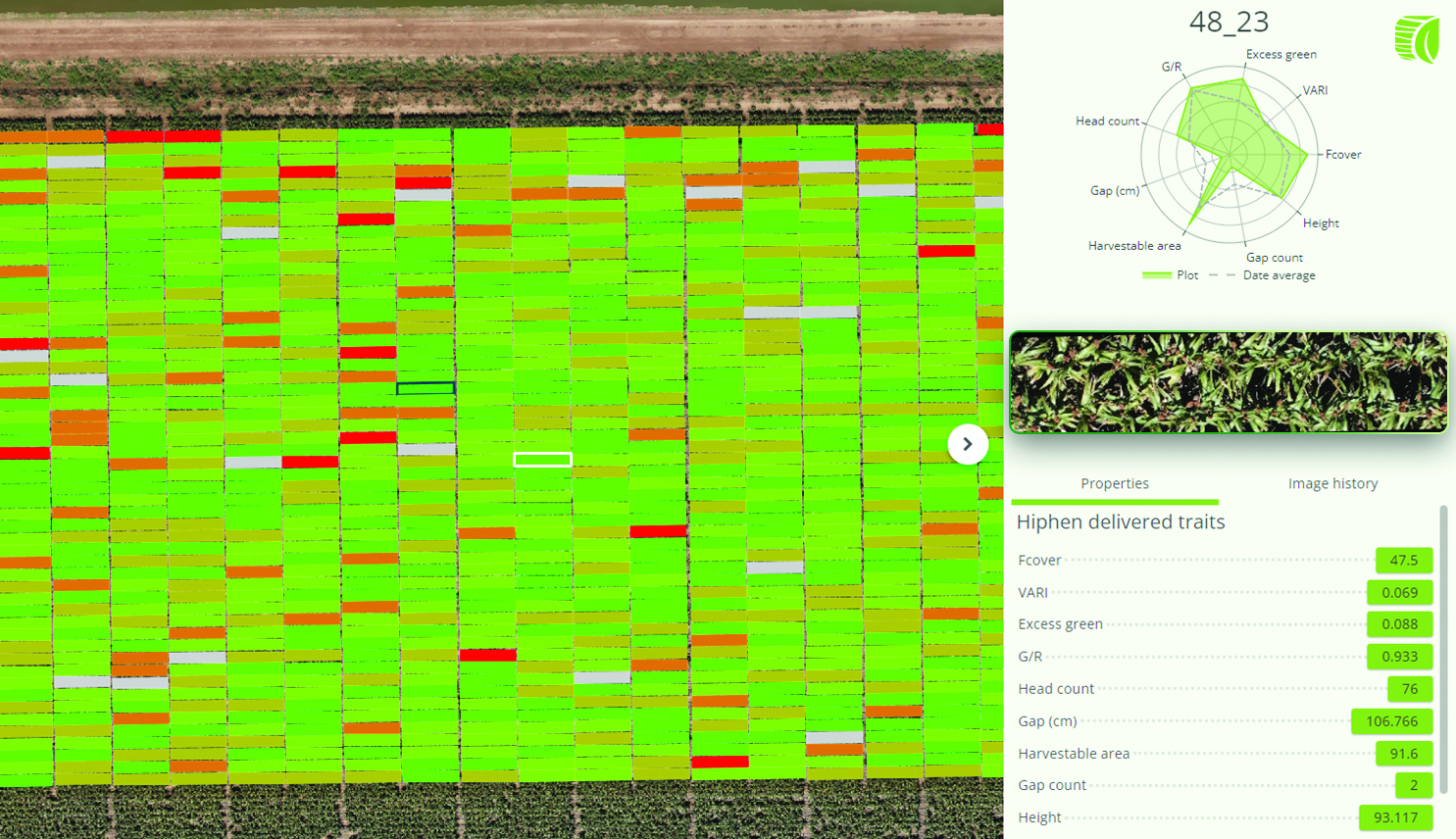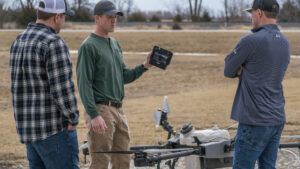In the past 20 years, great strides have been made in understanding the intricate relationship between genetics and phenotypic expression. The rapid evolution of genomic and bioinformatic tools has propelled research into new frontiers, offering unprecedented genomic insights into the genome-to-phenome equation. As we delve into the final installment of our series on the transformative potential of novel data derived from drone imagery, I want to in this article explore innovative applications from that data that complement genomic selection and, in some cases, offer alternative pathways to advancing new germplasm.
One of the most promising avenues for integrating drone-derived data into breeding strategies lies in that data’s synergy with genomic selection. By combining information gleaned from drone imagery with genomic data, breeders can enhance the accuracy and efficiency of selection processes. For example, drone imagery provides an efficient tool to assess traits such as plant health, vigor, stress tolerance, growth curves, stand establishment and many others. By correlating these phenotypic observations with genomic markers associated with target traits, breeders can identify and prioritize superior breeding candidates with greater precision and confidence.
Moreover, drone-derived data holds the potential to complement traditional phenotypic and phenomic selection methods, offering a non-invasive and cost-effective alternative for evaluating plant traits. Rather than relying solely on labor-intensive field trials, expensive genomic characterizations or controlled environment studies, breeders can leverage drone-collected imagery to much more efficiently assess phenotypic variation across large populations. This approach not only accelerates the breeding cycle but also provides valuable phenotypic insights into genotype-phenotype relationships, facilitating the identification of novel genetic variants and trait associations.
In some cases, drone imagery may even serve as a primary tool for advancing new germplasm, particularly in crops where traditional breeding approaches face challenges such as long breeding cycles or limited genetic diversity. By combining advanced image analysis techniques with machine learning algorithms, breeders can extract valuable phenotypic information from drone imagery, enabling rapid phenotypic screening and the selection of promising lines for further evaluation.
I’m incredibly excited about the integration of drone-derived data with genomic and phenotypic selection methods. It truly represents a paradigm shift in agricultural research and plant breeding. By leveraging the complementary strengths of these approaches, breeders can expedite the development of crop varieties with enhanced yield, quality, and resilience to environmental stresses. As we look to the future, the synergy between drone technology and genomics holds immense promise for addressing the evolving demands of agriculture in the 21st century. As technology continues to evolve, the potential for transformative innovation in breeding programs will only continue to grow.













